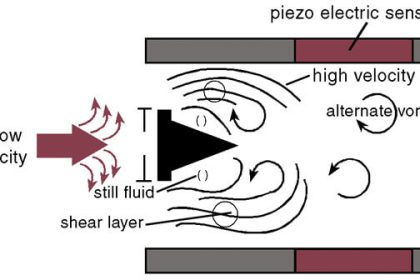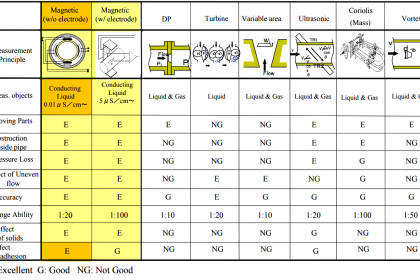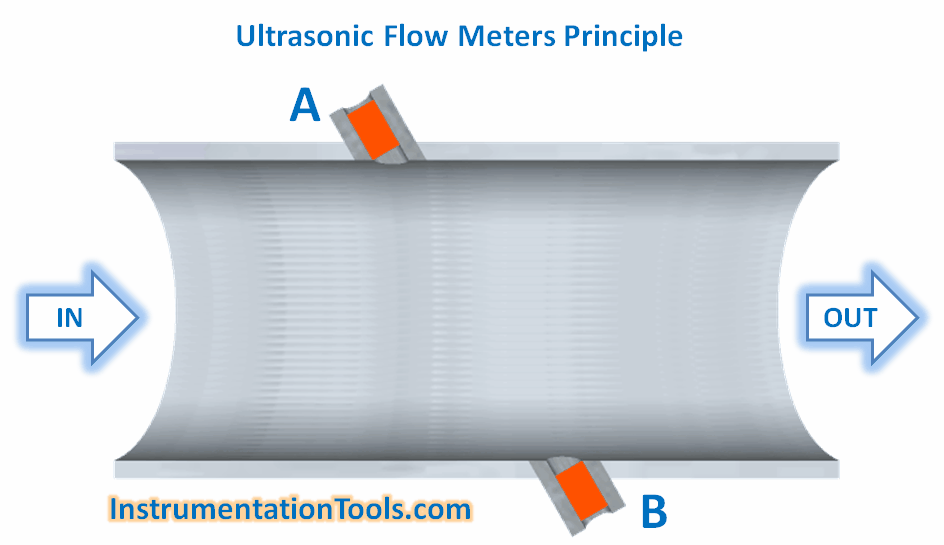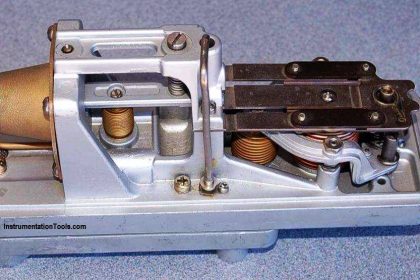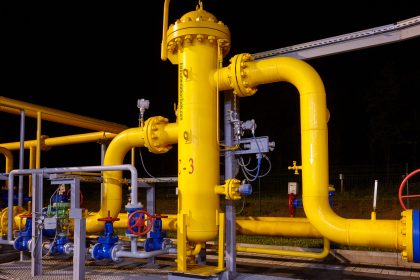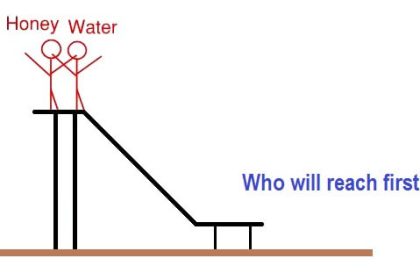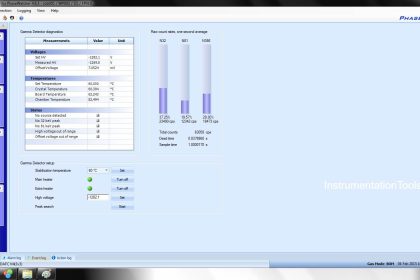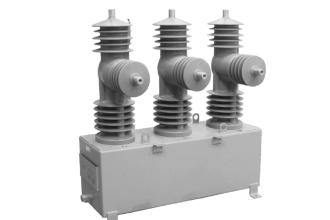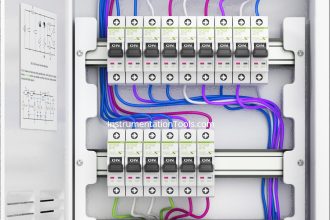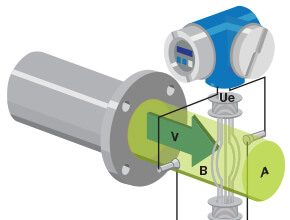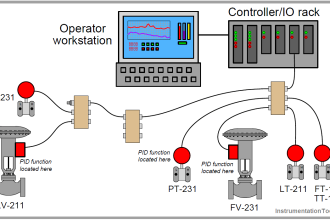Oval gear flow meters are a type of positive displacement meter. As liquid flows through the meter, a pair of oval-shaped gears are forced to rotate by the flow of the liquid.
These gears mesh together & force a finite amount of fluid through the meter.
Oval Gear Flow Meters
A sensor or mechanical drive detects the rotation of the gears to determine the displaced volume of liquid. The faster the flow rate, the faster the gears turn.
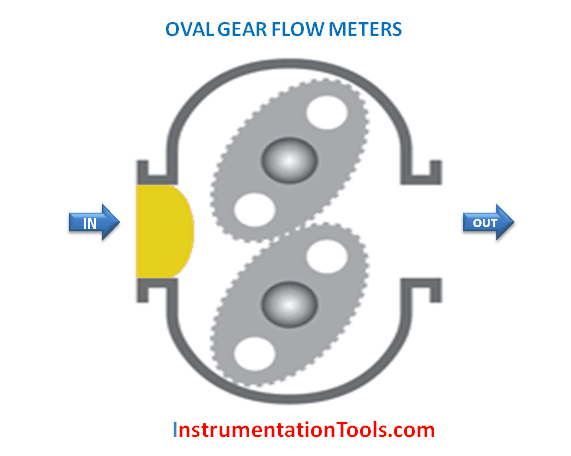
Principles of Operation
The oval gear flow meter comprises oval-shaped, geared rotors that rotate within a housing of specified geometry.
Fluid differential pressure causes the inter-meshing gears to rotate, trapping a ‘pocket’ of fluid between the gear and the outer housing and subsequently emptying the fluid pocket into the downstream flow. The capillary action of the metered fluid forms a liquid seal.
Each ‘pocket’ holds a precise and known volume of fluid so counting the pocket frequency gives a measurement of the volumetric flow rate. This is typically achieved by embedding magnets in the rotors, which then actuate a reed switch or provide a pulse output as they rotate and thus the flow is measured electronically.
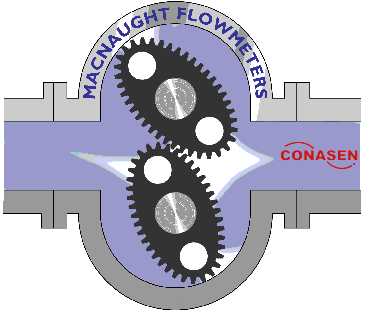
OVAL Gear Flow Meter Advantages
- Traditional proven flow technology
- Simple to install
- No straight pipe runs are required so flow meters can be installed in restricted areas
OVAL Gear Flow Meter Limitations
- Not suitable for steam or multi-phase fluids
- Fluid slippage adversely affects accuracy; this varies with flow rate, differential pressure, temperature, viscosity, and clearance
- Not recommended for low-viscosity fluids, including water or water-like fluids (because of an increase in fluid slippage)
- Accuracy is adversely affected by bubbles present in fluids
Applications of OVAL Gear Flow Meters
The oval gear flow meter is designed primarily for use with higher-viscosity fluids, which has led to applications such as the flow metering of oils, syrups, and fuels.
If you liked this article, then please subscribe to our YouTube Channel for Instrumentation, Electrical, PLC, and SCADA video tutorials.
You can also follow us on Facebook and Twitter to receive daily updates.
Read Next:
- Ultrasonic Doppler Flow Meter
- Positive Displacement meters
- Microwave Flow Sensor Principle
- DP Flow Transmitter Calculation
- Metal tube Variable Area Meters
